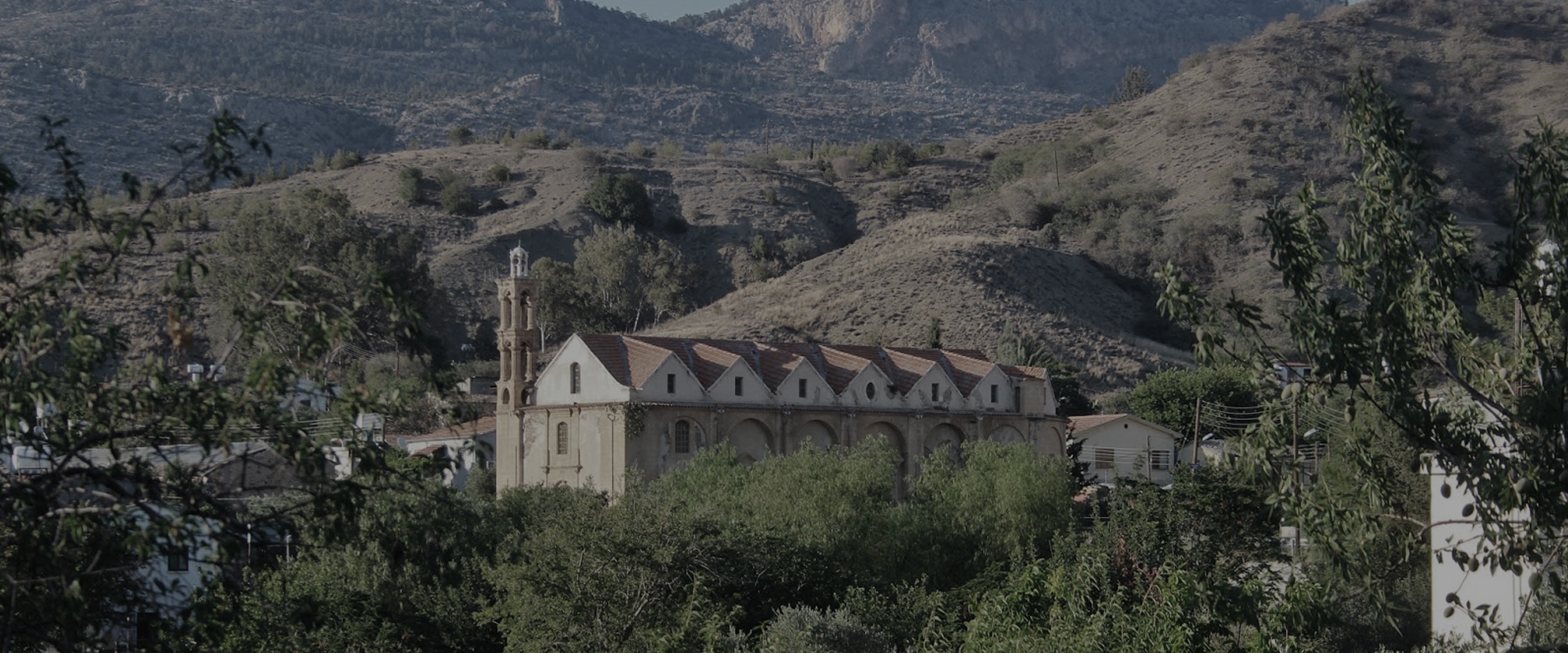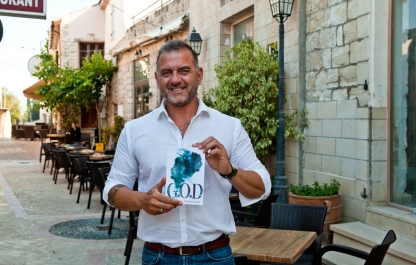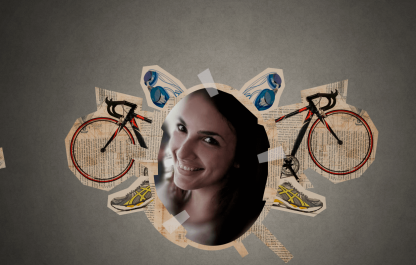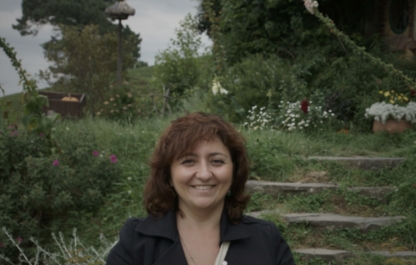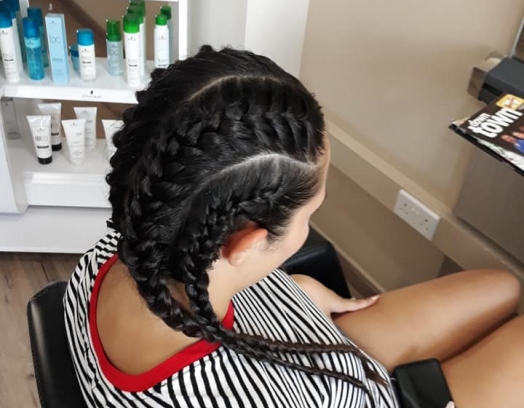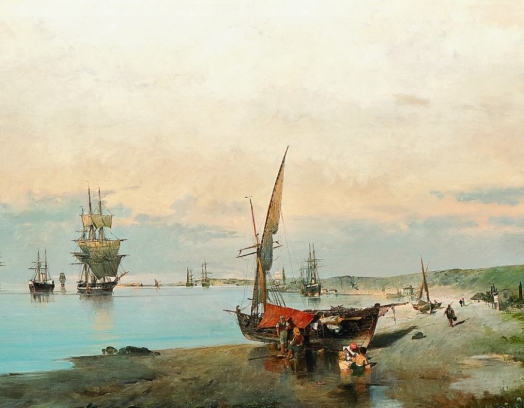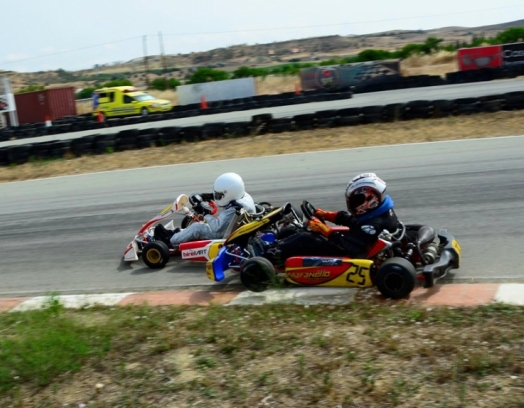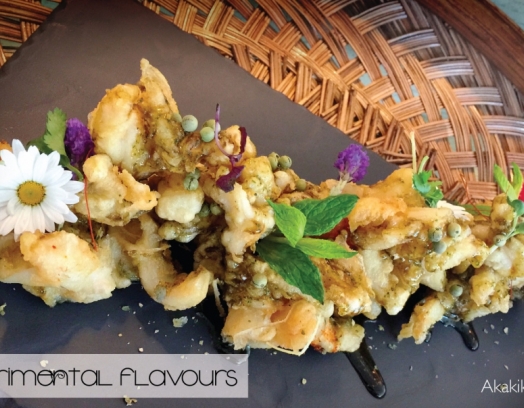My name is Pantelis Theodorou Panteli and I am a Cypriot.
Recently I decided to write down the story of my mother, Eleni Panteli, whose life has been full of trials and challenges. Her story helps to see into the past of this country and its people.
My mother, just like many people of her age, is never eager to show her feelings. She has dedicated her life, love and strength to her family and friends, leaving nothing for herself. But her story is an intense portrayal of a woman’s life in rural Cyprus.

Eleni’s story
My parents Costas Georgiou and Maria Constantinou were born in Kythrea [1]. Up until 1974 the village’s population was approximately 6000 Greek Cypriots. Kythrea was always a very green village — a true heaven! [2]
Its residents were all fashionable people, but older men wore traditional vraka pants.
People spent their free time at the local coffee shops and small restaurants. We even had our own movie theater, where the villagers would watch films in Greek. And on the weekends people would spend time at the beach in Kyrenia.
Many of the young people would leave to seek work in Nicosia.
The older generation preferred to stay and work in the garden and the olive fields. Olives and citruses were cultivated more than any other plant.
The village was home to 9 or 10 water mills, which moved thanks to the Kefalovriso spring. So in addition to agriculture, Kythreans also specialized in flour grinding. Wheat was harvested on the Mesaoria plain and then brought to Kythrea to be ground. The spring’s current was powerful enough to bring into motion the heavy millstones. The water conduits were designed to amplify the force of the current. The village was home to many water canals, which were also used to irrigate local farms and gardens.
All of the surrounding land belonged to the bishopric of Kythrea and was rented out to the local farmers who used it to grow hop and wheat. Next to Agios Amvrosios village [3], which lies close to the sea, there were many green gardens and farms with water reservoirs used for irrigation.
Kythrea was home to 7 churches. The main church was Panagia Hordakiotissa, which according to a legend used to house Christ’s relics. Luckily, all the church possessions (e.g. decorative pieces, gold, donations) were saved and moved to Nicosia following the arrival of the Turkish occupants. Every year the remains of the Agios Dimitrianos Church [4], which is located in Old Kythrea, were used as a site for religious service that drew a huge number of people.
Many women in our village used to raise silkworms in order to produce silk. (Silk used to be produced all over Cyprus, with each region having its own type of silk. So, for example, Kythrea was known for its «yellow silk». — ed.) The head of the village would hand out a small number of silkworms per household and the women would start raising them to procure extra income for the family.
This is how it worked: the shelves were lined with newspapers, and then covered with mulberry leaves. The silkworms would eat the leaves and grow. And then the women would place bunches of thyme and tree branches brought from the mountains.
When the time was right, the silkworm began to pupate, rolling into a cocoon made of silk thread and then attaching itself to the branches. The entire process took 40 days.
The next step included removing the silk thread from the cocoon. We had people from Mitsero (Pitsilia region) and Kakopetria come and teach us this part. These people were called metaksaes (metaksa means silk in Greek — ed.) Metaksa is now a very popular last name in Cyprus.
And so they would simmer the cocoons in large pots stirring them with a ladle. They would then remove the separated silk thread and roll it onto a special cylinder called «anemi», which was made of sugar cane leaves.
-
Were there famous people in our village? Of course! There were many important doctors, teachers and others. Some of these doctors were Evelton, Jacovidis, Costas and Nikos Kolitsisi. There was a tailor — Plutis Frangudis [5]; and even an oligarch — one of Kythrea’s mayors.
There is a very popular legend in Cyprus about a giant called Digenes Akritas [6], who grabbed hold of a huge mountain, thereby creating a moutain range known as Pentadaktylos («Five Fingers» in Greek).
-
I will tell you about my family. My father worked at the mill and my mother was a housewife. She was a wonderful seamstress and lace-maker (used to make tablecloths, sheets, pillowcases and many other things). She was also a churchwarden at the Panagia Theotokou Church and took care of the church and the outside garden territory. She also cultivated silkworms, had a small chicken farm and raised pigeons. One day I saw her cutting a chicken’s throat and for many years after that I couldn’t bear the site of chicken meat.
I have a brother, whose name is Andreas Constantinou. He used to be a mechanic and a driver in Nicosia. He has a big family.
I didn’t get to meet my grandparents. The only thing I know if that one of my grandfathers was a farmer who cultivated citruses and olives. He had three sons and a daughter.
We had a very close-knit family, with warm relations among the older and the younger generation as well as among the siblings.
I remember my childhood pretty well. I took part in two theater plays called «Να ζει το ορφανο» and «Το Μεσολογγι ζει» [7]. We had real theater costumes and a really large audience.
Girls had to wear traditional dresses called «sayas». When I was a teenager my mom taught me to cook. Unfortunately, I don’t have any special recipes to share. I cook what everyone cooks here.
When I graduated from middle school, I went on to a technical school to study to become a seamstress. I spent 3.5 years there, following which I started working from home, making clothing for everyday use and special occasions.
Whenever we had free time my cousin Irini and I would run off to see a movie, then spent time at the local restaurants and even traveled around the island together.
Then I got married to Theodoros Panteli, who was also a native of Kythrea. His father — Pantelis Panteli, was a well-known wood-carver in the area (he would not only make furniture but also iconostases). He came from a neighboring village called Exometochi, but moved to Kythrea following his marriage to a local girl named Revekka.
They had many children and one of then was Theodoros. First he studied carpentry at his father’s studio and then he moved to Nicosia to learn about furniture manufacturing and trade. When he finished his studies, he moved back to Kythrea, where he continued to work with his father. Our family was well respected. One of our family members was a priest, whose name was Father Petros — he was Pantelis’ brother.
With time Theodoros was able to start his own business and open a studio. He received many commissions in Kythrea and Nicosia. He had a very good reputation and became quite wealthy.
Pantelis’ other children — two sons and two daughters — also had their own families. Brother Kyriakos and Yannis (John) Panteli went to England looking for work and stayed there. At first they worked at a restaurant owned by their relatives: they cooked and waited on visitors. Then they married Cypriot women and had children and grandchildren. Unfortunately, John passed away at the beginning of 2017.

Theodoros once went to visit his brothers and stayed with them for six months (between 1968 and 1969). But decided to come back to Cyprus.
And so we got married. We had a very modest ceremony, not like those big weddings that are popular in Cyprus now. Things like that were expensive and not everyone could afford them. By the way, these big weddings are a new thing. Before that people would get married in a small circle of family and friends.
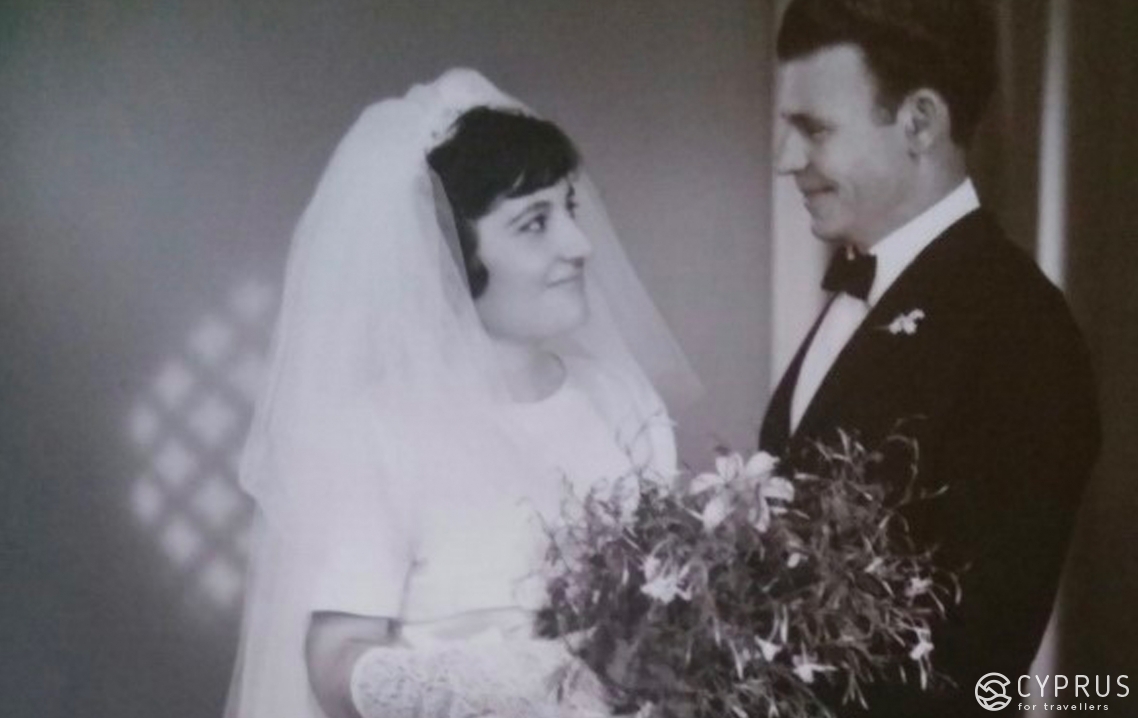
This is also when we bought a house in a parish of Agia Marina. A few years later the 1974 war began and we became refugees, moving to the south of the country. Theodoros began looking for a job and I had to take care of our two children.

This was a difficult time. All of the families were scattered around the island and we didn’t even know the location of my bother’s family and if they were even alive. We managed to flee from Kythrea right before the arrival of the Turkish army — a family friend picked us up in his truck and we left with only the clothes that we were wearing.
During the first two years we lived like all the other refugees — in special tents located in Kokkines (which is presently part of Stavrolos). We spent the entire in those tents. My father died of a heart attack there. After being captured by the Turkish army, he was tortured and beaten with a rifle butt. He was rescued by the Red Cross, but came back a different man. Others were not so lucky.
Gradually things started taking a turn for the better. We found a decent place to live. Some of us found our relatives. Our children had got bigger.
My husband spent three years looking for work and then got a job as a carpenter at a furniture factory called J&P (Joannou & Paraskevaides Co.), where he worked for the following ten years until his retirement. We felt like there was stability in our lives again.
My husband was a man of dignity. He was well respected and known, both in Kythrea and Nicosia. He always sought to help people, without asking for anything in return. He was a great family man too. Theodoros was a wise man. He managed to pass on his knowledge and skills to both our sons. But most importantly he managed to teach them to be honest people.
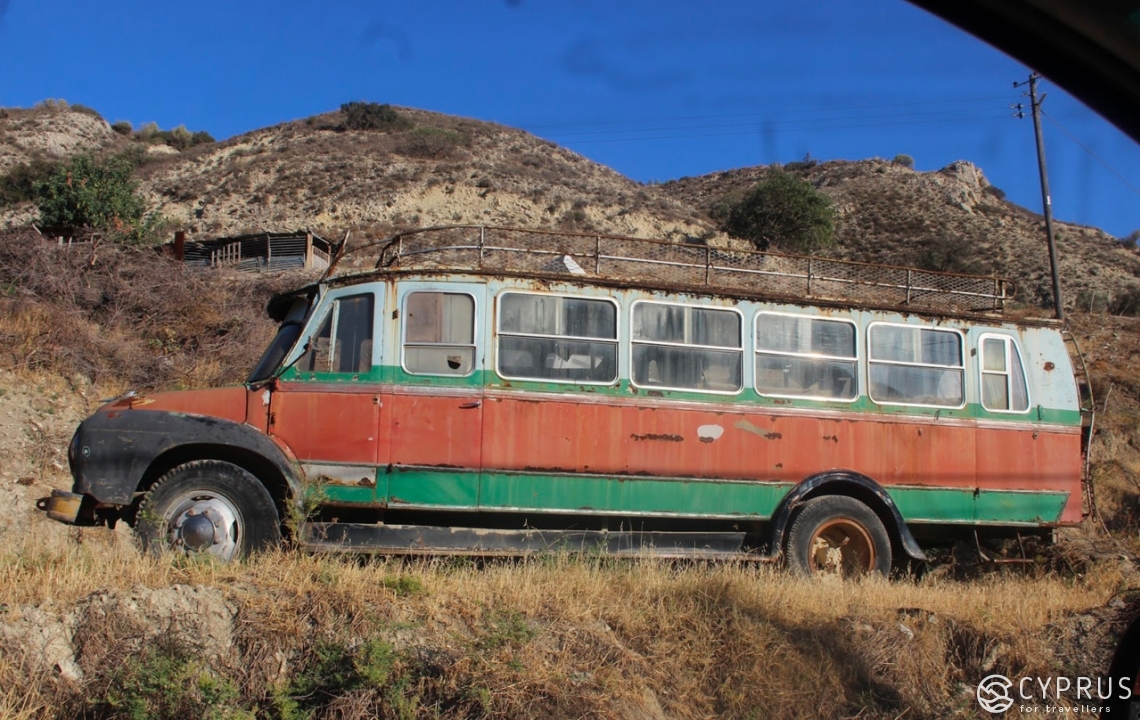
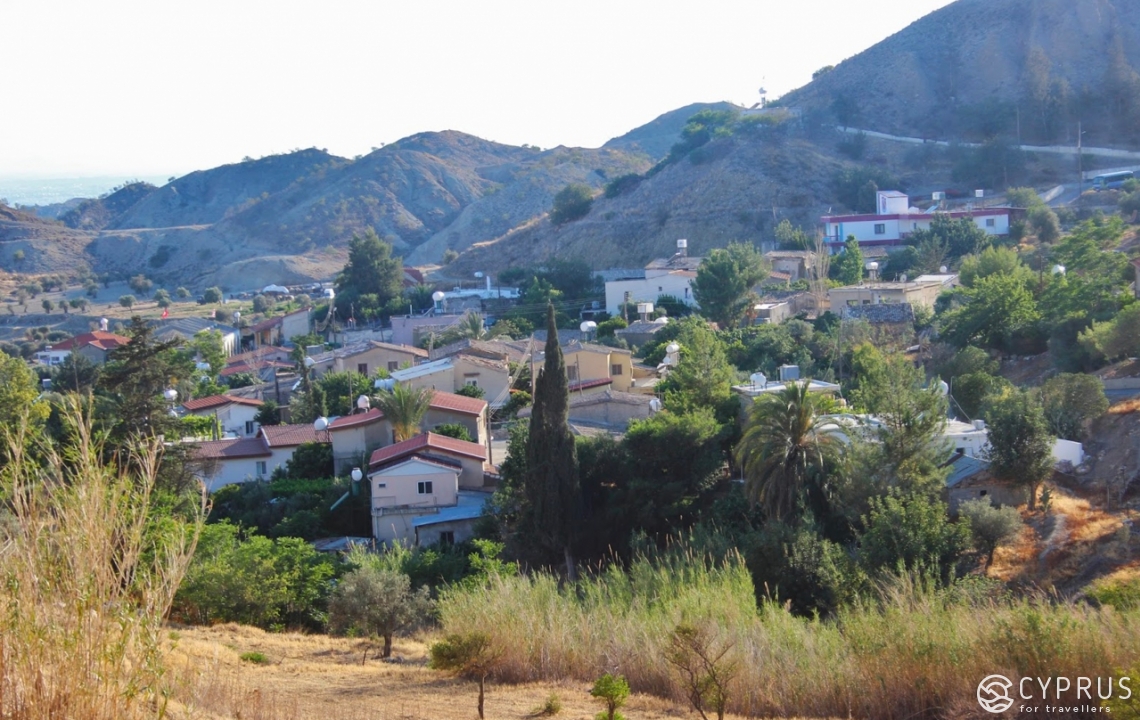
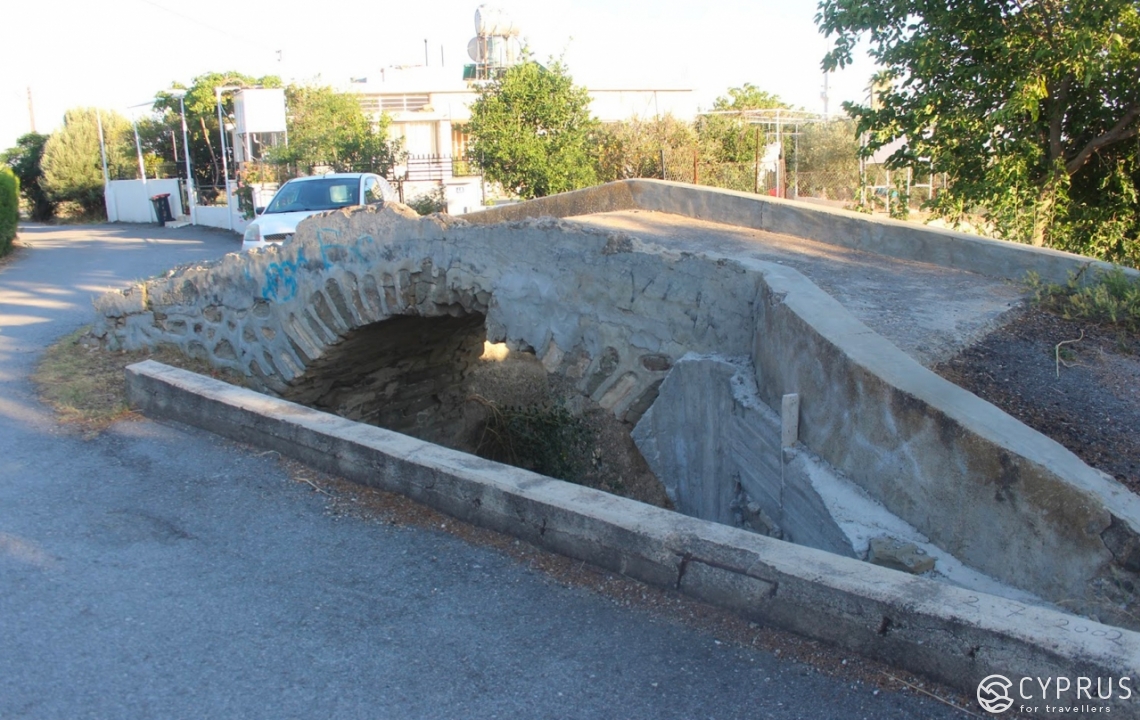
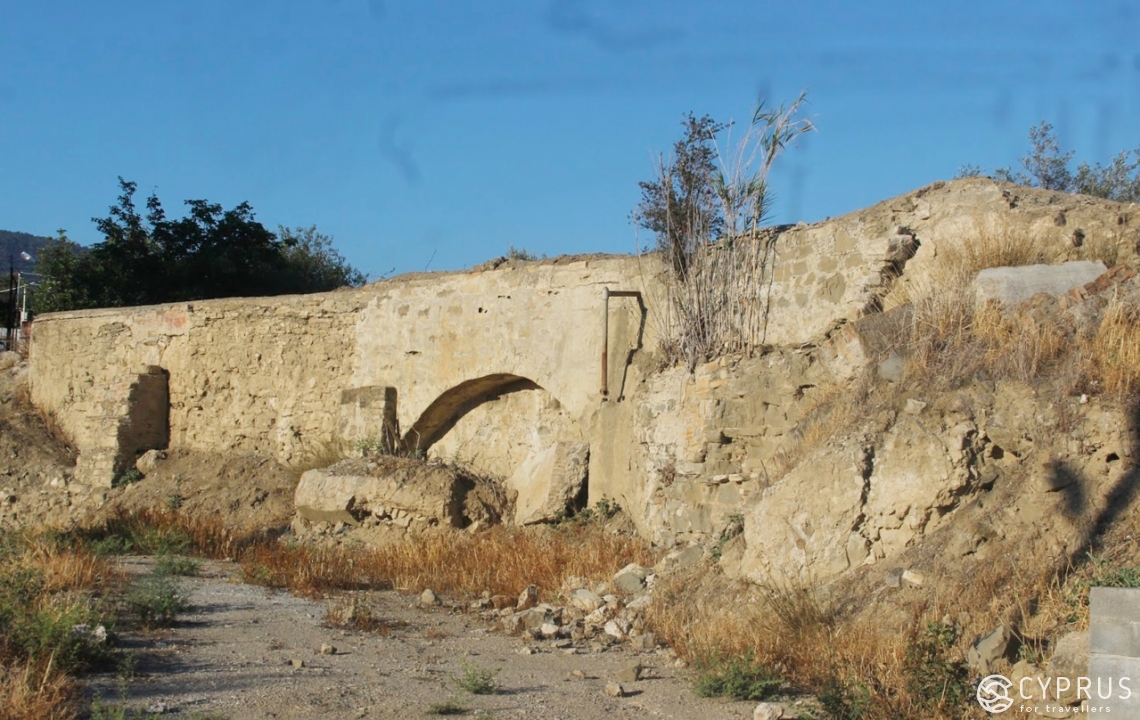
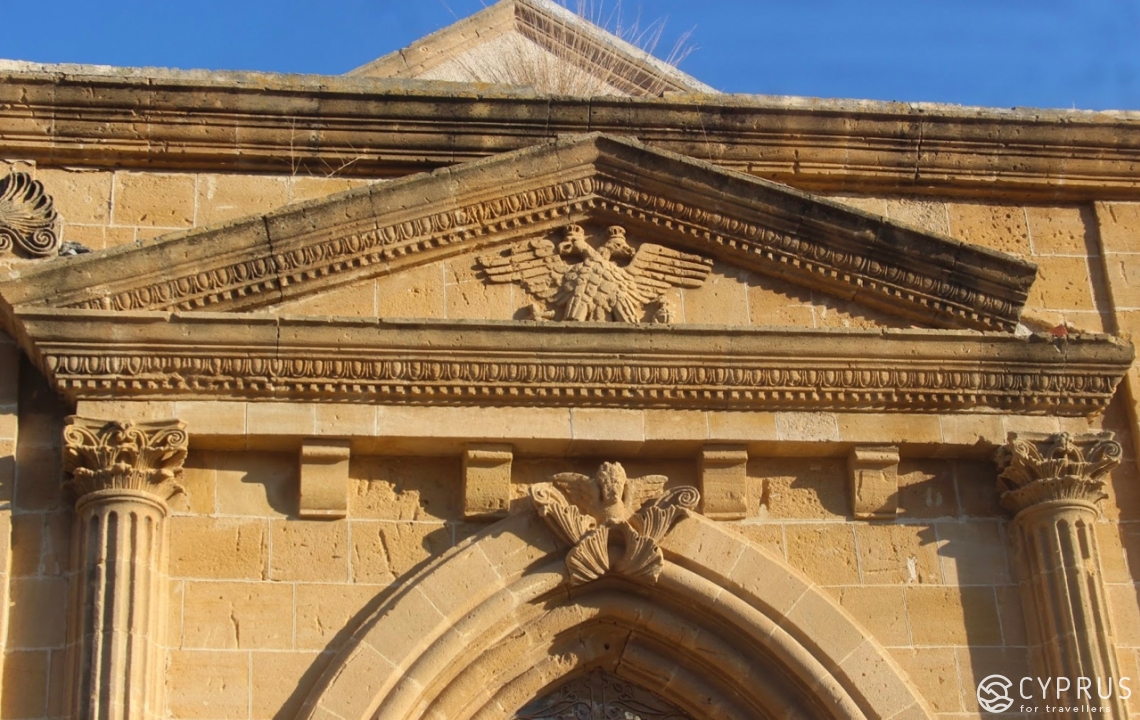
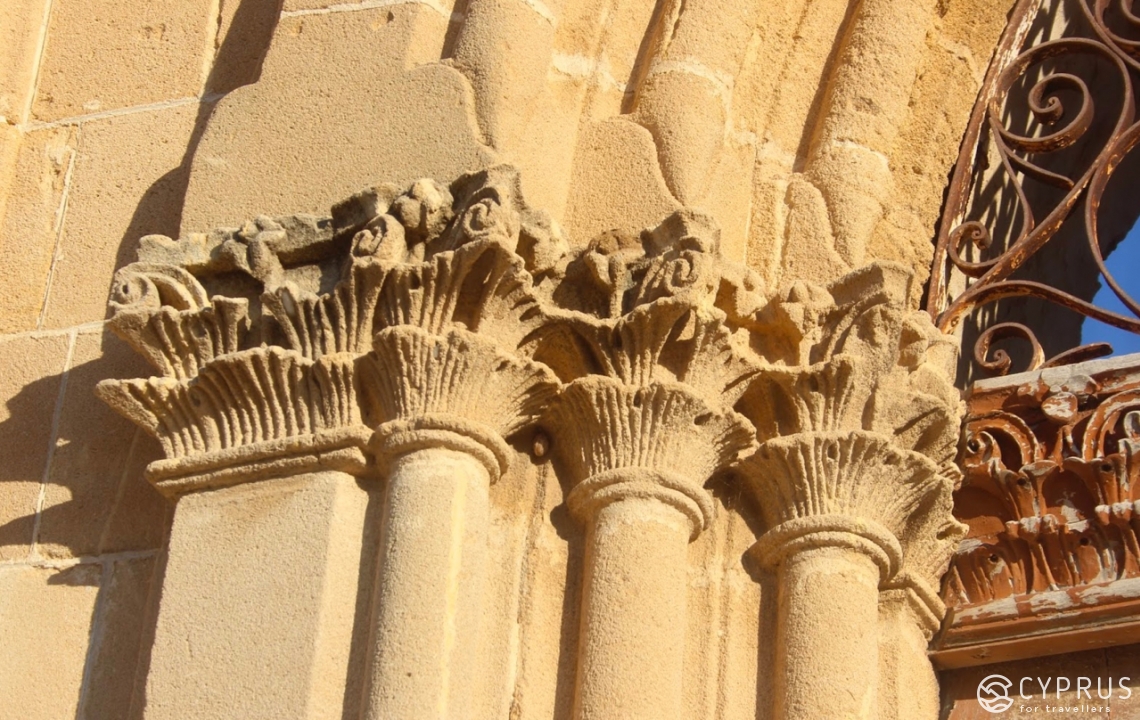
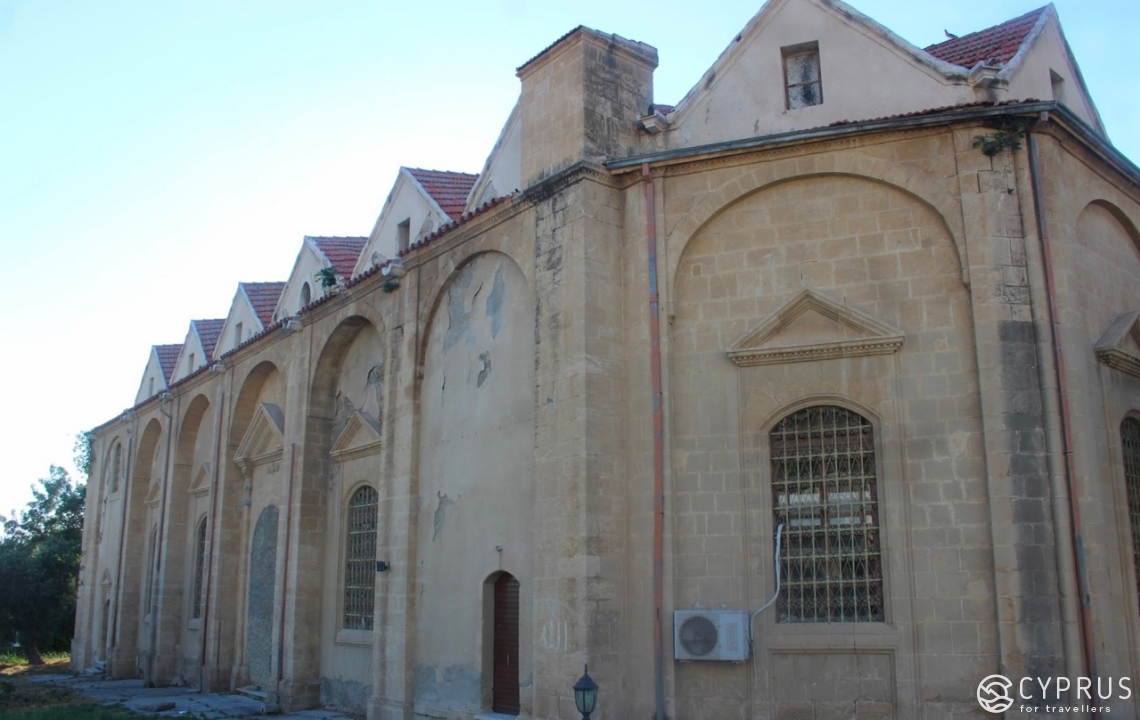
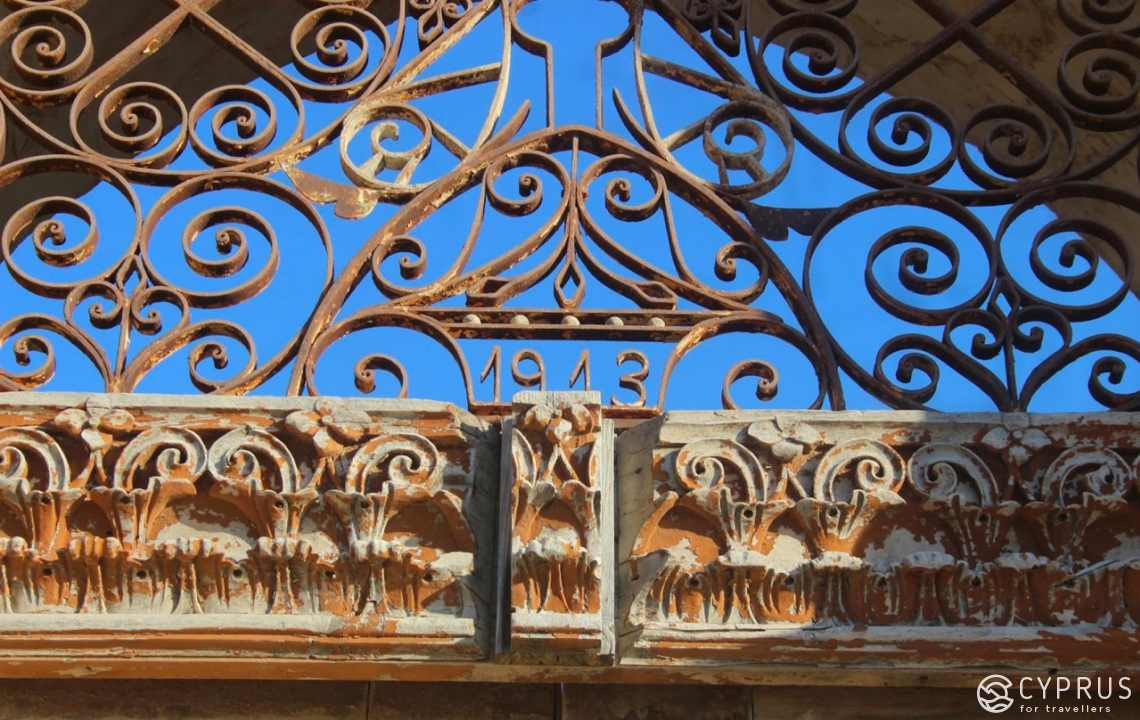
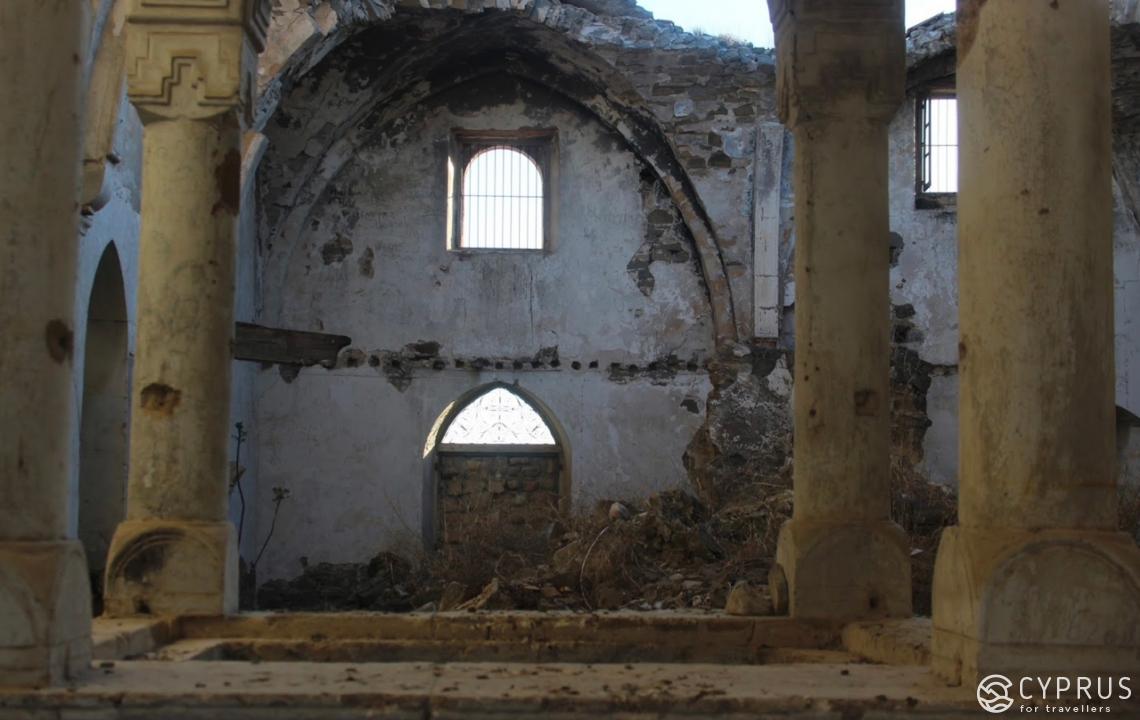
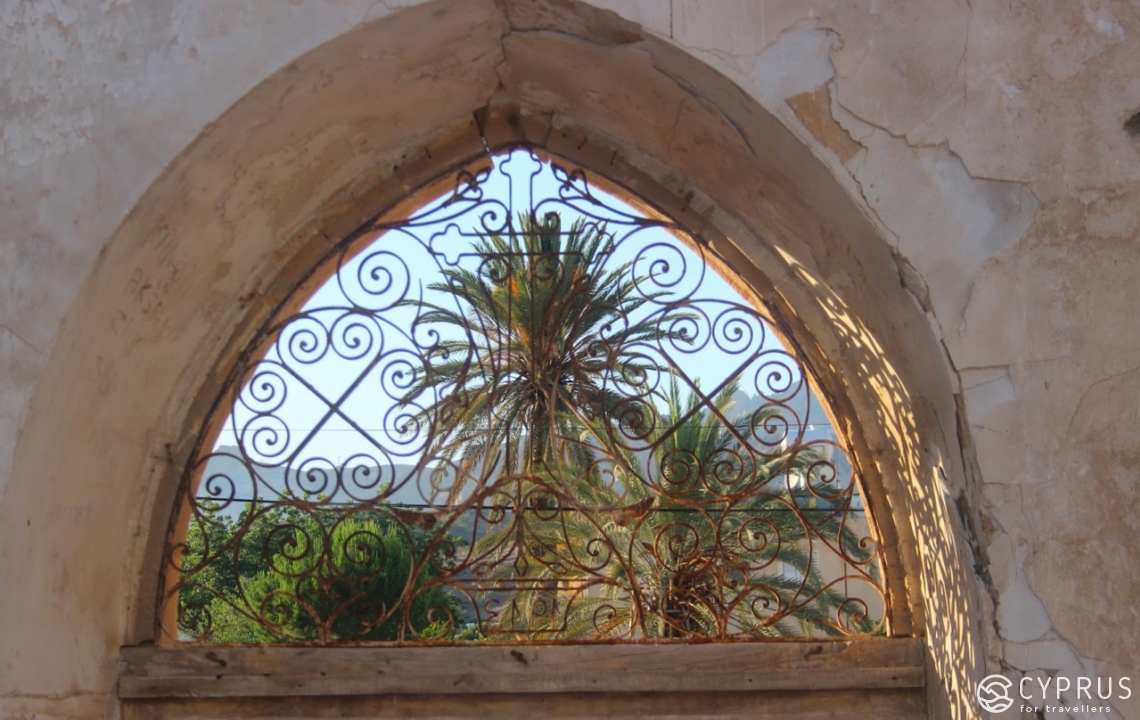
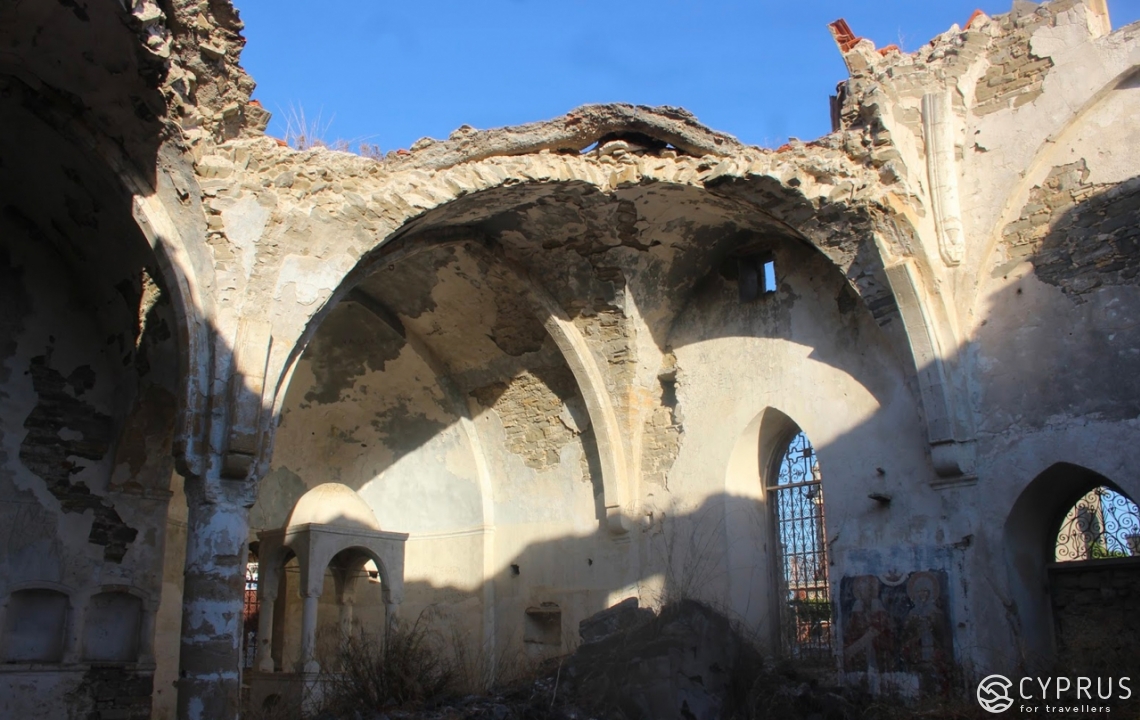
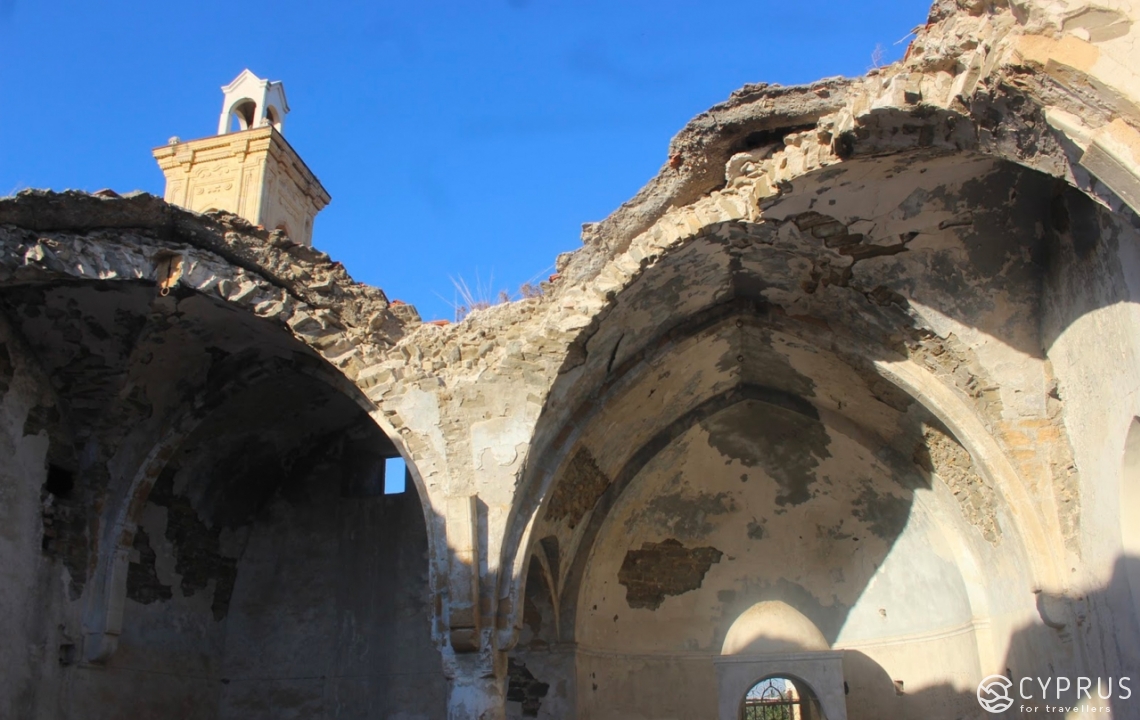
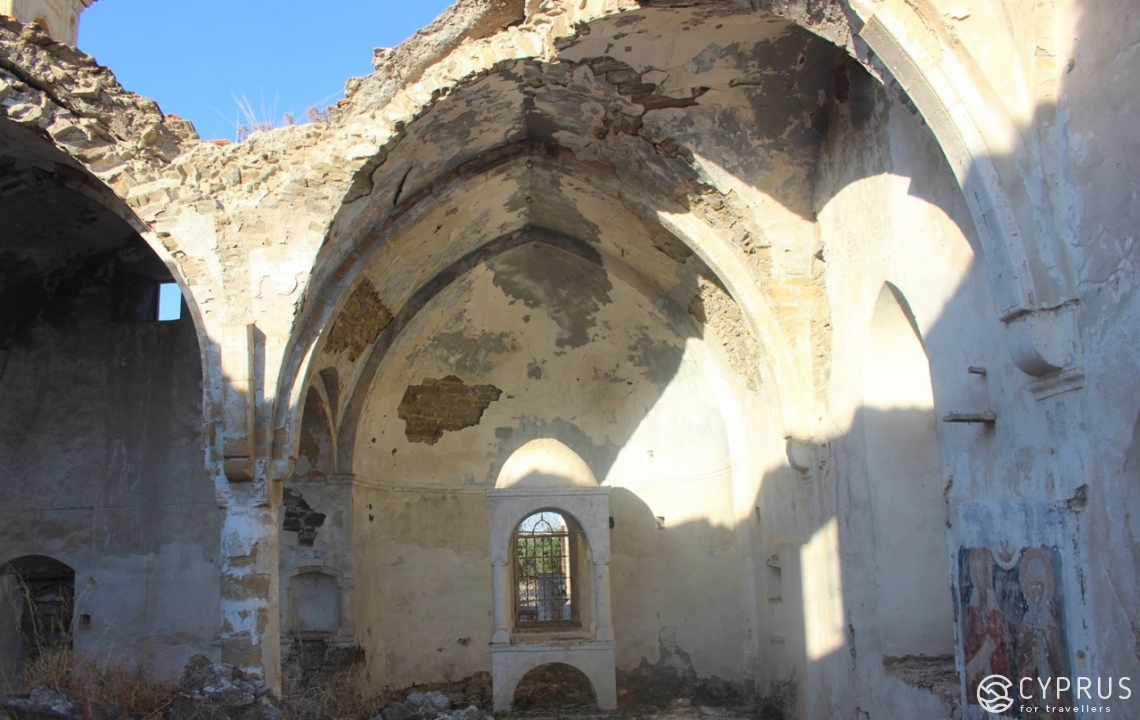
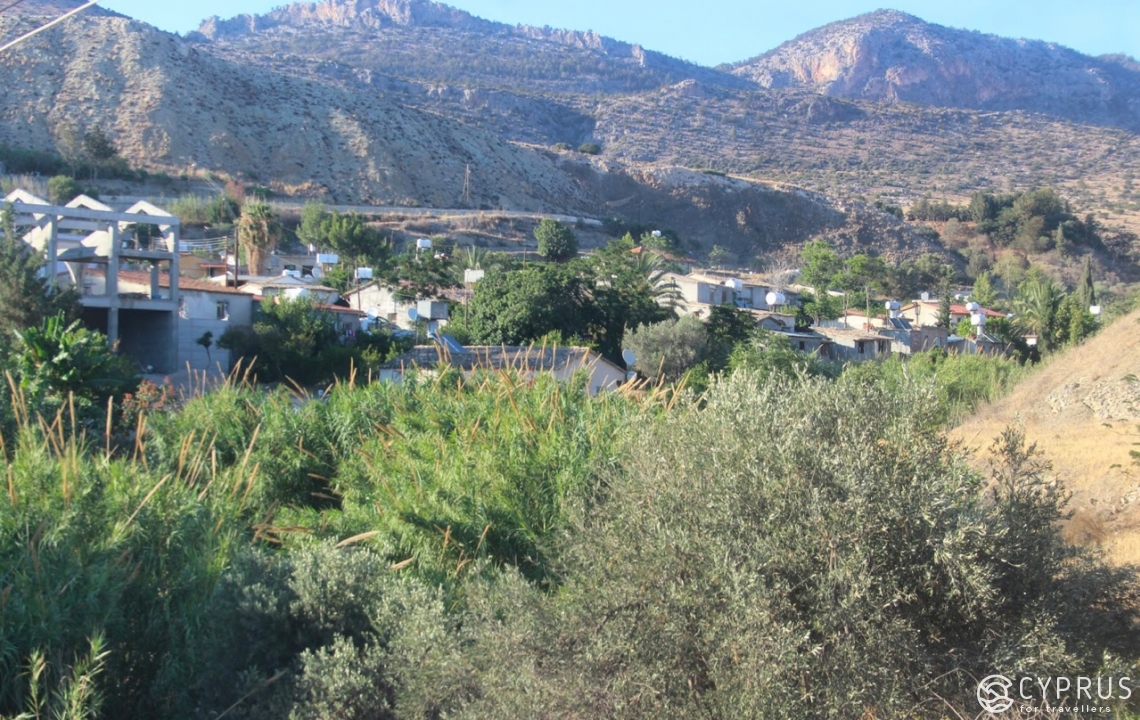
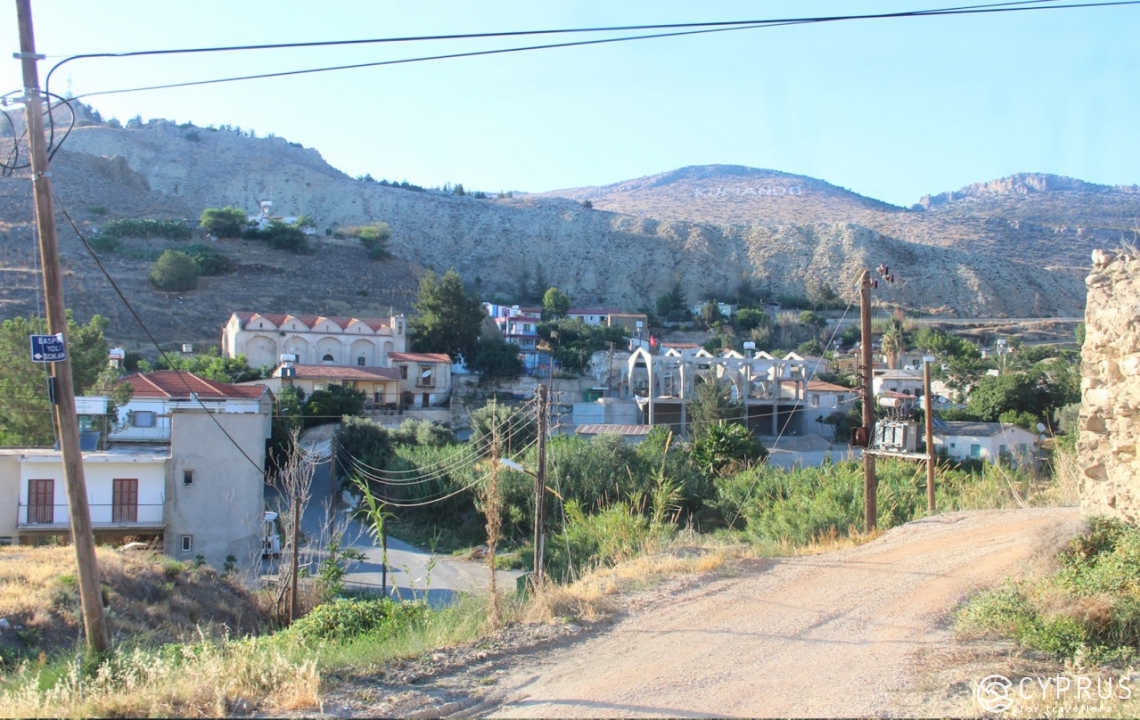
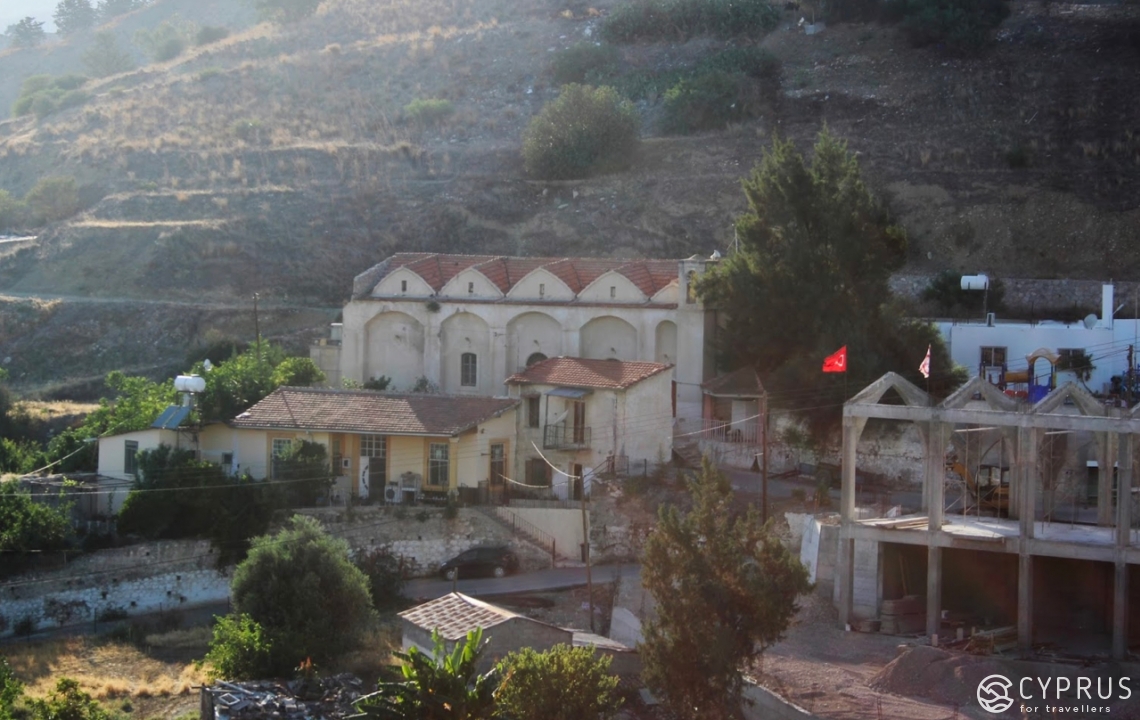
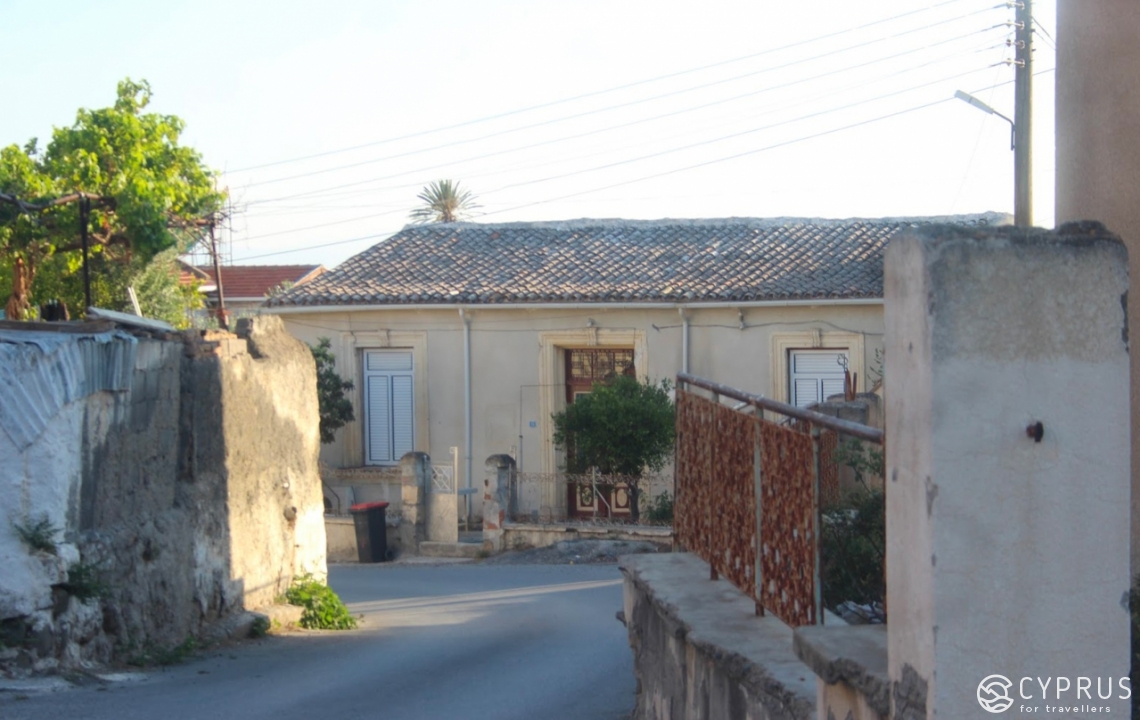
Interview by Pantelis Theodorou Panteli (Nicosia)
Village photos by George Konstantinou
[1] Kythrea — is a small town located in the occupied part of Cyprus, 10 kilometers northwest of Nicosia. During antiquity it was home to a city-kingdom of Chytroi, which was founded by Chytros — the grandson of an Athenian king Akamanth. The village has may archeological monuments.
[2] The museum of folk art in Nicosia recently held an exhibition dedicated to Kythrea, its history and residents. The exhibition was called «Threaten art of Chitri». It was organized by the Research Society of Cyprus, the Society of Folk Museum Friends and a group of volunteers.
[3] The village (to the east of Kyrenia) is located on the occupied territory of Northern Cyprus. The local church dedicated to St. Ambrose (1910) used to be one of the largest in Cyprus.
[4] Eleni says that the previous church of Agios Demetrianos, which was destroyed in antiquity as a result of a series of earthquakes and then raided by pirates, became an important place of worship for the local community, despite the presence of a newer church of the same name. The latter functioned until mid-1970s.
[5] At the end of the 1960s P. Frangudis created wedding gowns for Andreas Constantinou and Theodoros Panteli.
[6] Digenes — is a hero of Greek folksongs. He is known for his strength.
[7] Missolonghi — is a city in western Greece known as the site of a dramatic siege during the Greek War of Independence, and of the death of poet Lord Byron in 1824 (the heart of the poet is kept inside a local mausoleum), who fought alongside Greek rebels against the Ottoman Empire (1821-1832).

